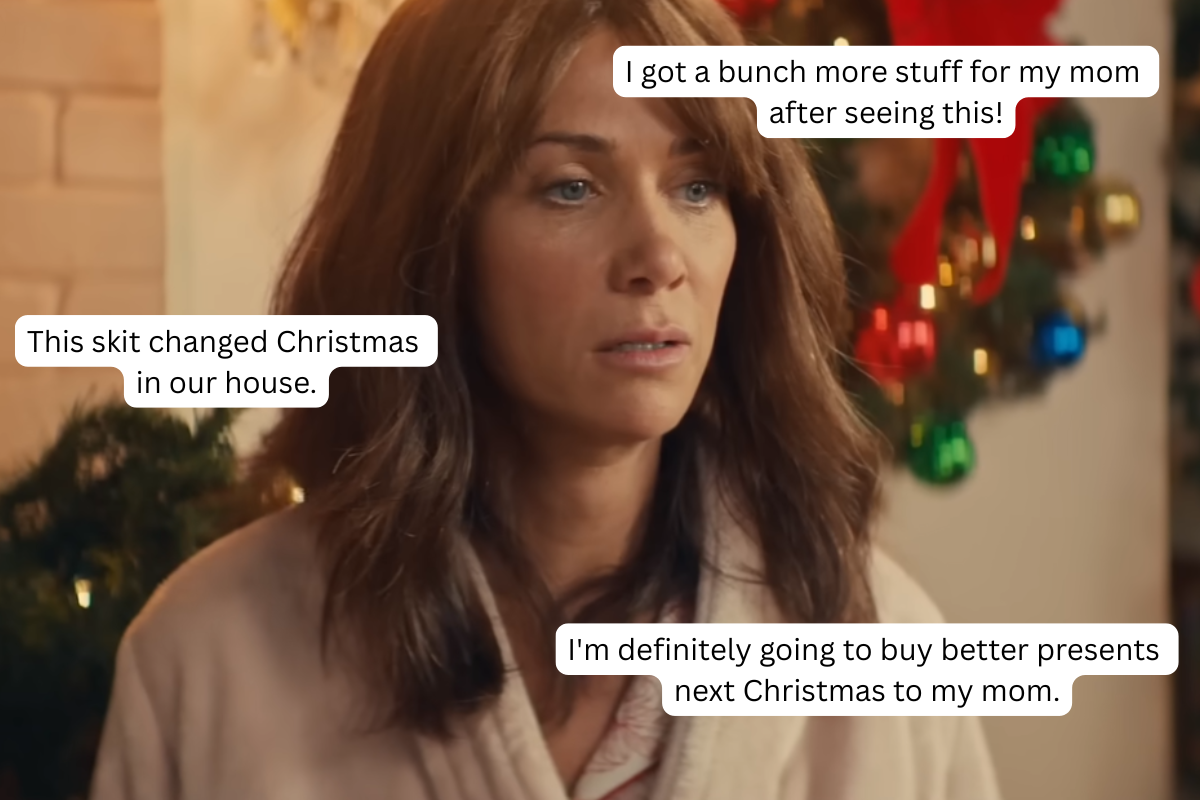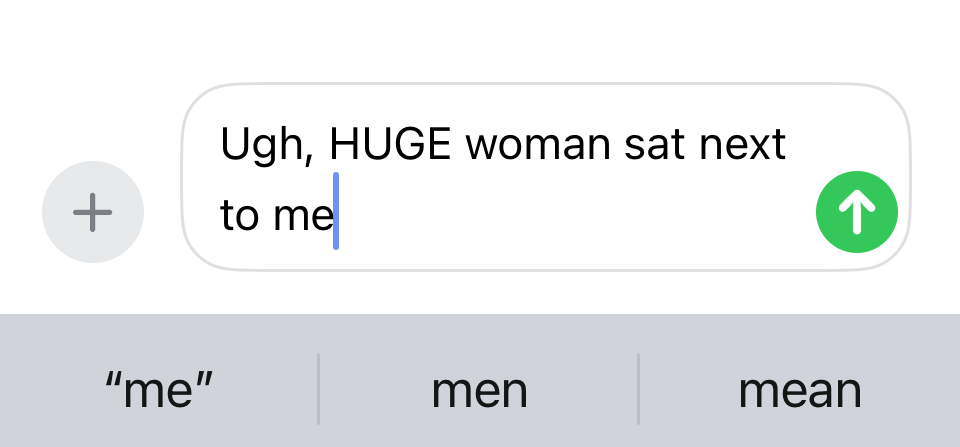When my mom, Sandra Haggberg, was 8 years old, she was told that she was going to have a baby brother.
The news was exciting — she already had two little sisters, so a little brother was bound to be different. She couldn't wait to meet him.
My mother, Sandra, with her mother, Virginia, at a farm in Minnesota. Image from the Haggberg family, used with permission.
But when Mark was born on Sept. 17, 1957, the doctors knew right away that something was wrong. His ear was folded over onto itself and his head was out of proportion with the rest of his body.
A specialist was called in to examine him, X-rays were performed, and it was revealed that Mark was born with only one kidney, and it was abnormally small — about the size of peanut. His pituitary gland was also barely functioning and he had congenital hydrocephalus, a condition that causes an accumulation of fluid in the brain.
Mark was immediately transferred to the University of Minnesota hospital for treatment, before the rest of the family could meet him. He stayed there for about six months, until his father, Merlyn — tired of seeing his son in pain — asked if all the blood draws, transfusions, and medical tests were really helping.
They weren't. There was no cure for Mark. So Merlyn took him home.
Merlyn holding his son, Mark. The family didn't take many photos of Mark because he was so sick. Image from the Haggberg family, used with permission.
That was the first time Sandra got to meet Mark, and her new little brother didn’t look like what she expected.
Despite being six months old at that point, only his head had really grown and it was misshapen, and he had long, skinny arms and legs. The problems with his pituitary gland stunted his growth. “During his entire life, he never grew beyond the size of a three-month-old baby,” Sandra remembers.
Mark lived almost five years — far longer than anyone had expected. But as he grew older, he never learned to talk, he cried a lot from pain, and he rarely smiled.
“I remember that I could make him laugh though," says Sandra. "I would bound towards him, making barking noises — like a dog — and he would laugh and laugh,” she says. “I was kind of proud of myself that I could do that.”
Because Mark was so sick, he didn’t leave home all that often. When he did, people’s treatment of him was … unkind, to put it mildly.
“People in the neighborhood were afraid of him," says Sandra. "He looked different, he cried — they didn’t know how to help. We were treated differently. We were ‘the family with the monster baby,’ and so, we just kept to ourselves. It was too personal and private to talk about or share with others.”
One of the few photos of Mark. Image from the Haggberg family, used with permission.
Even family members kept their distance.
“When Mark was getting blood transfusions, we needed donors — Dad couldn’t donate blood as often as Mark needed them,” Sandra says. “Family members would promise to donate, but then fail to show up.”
At school, Sandra’s friends were curious about her brother, so she invited them over. “I had them come to our house. I went inside, picked Mark up, and brought him to the screen door but as soon as they saw him, they all screamed and ran away.” She wasn’t allowed to bring more friends over after that.
“Mom was a very private person. She didn’t want the noise, the mess, and the exposure,” Sandra says. “It was different back then. There was a lot of shame. So we just kept him to ourselves. It was like he was part of the house.”
“He was our secret,” she adds. And it remained that way until Mark’s death on March 6, 1962.
After that, the family didn’t talk much about Mark.
Sandra with her two little sisters. Image from the Haggberg family, used with permission.
Sandra’s mom put his blanket and baby clothes in a cedar chest and kept it until she died of cancer 17 years ago. Merlyn talked about him a few times with Sandra over the years, but not much — and today, he doesn’t remember due to dementia. The three sisters never talked about him much either.
Growing up with Mark, and losing him, had an impact on Sandra for the rest of her life. But what stuck with her the most was not wanting Mark and others like him to feel invisible.
“Secrets can hurt and cause shame,” she says.
I don’t remember the first time that my mom told me about Mark, but I do know that I was in elementary school — so maybe I was 7 or 8. She didn’t keep Mark a secret from me or from my dad. Though we didn’t talk about him often, we were there to listen to her, without judgment, when she wanted to talk about him.
My mother holding me after my baptism in 1988. Image from the Scully family, used with permission.
"It [also] taught me the importance of family and friends,” Sandra says.
She remembers how one aunt — her mom’s sister — wasn’t afraid of Mark and she would take care of him for one week every year so that the Haggbergs could take a camping trip as a family. “She wasn’t afraid and that meant a lot to our family,” Sandra says. “It meant that Mom got to sleep in. We got to spend more time with her. We got to laugh and make s’mores by the campfire — we got to be a ‘normal’ family for a little while, without worrying about Mark. It meant so, so much to us.”
“It taught me how, with help, you can survive anything," she adds.
My mother and father in December 2015. Photo from the Scully family, used with permission.
Fortunately, we’ve come a long way in how we treat birth defects and disabilities since the 1950s.
Not only have medical advancements enabled us to better understand birth abnormalities and what causes them, but we have also, as a society, begun to change how we treat disability. People with birth defects, and their families, have been in the public eye now more than ever, challenging prejudices and shining a spotlight on the issues that affect them. And as a society, we're learning how to be more empathetic toward the families of a child born with birth defects and disabilities so that they don’t feel ostracized, shamed, or like they have to hide.
There's a long way to go, and we need to continue this positive trend so that every family gets the care, compassion, and support they need.
“I would ask people to be kind, to try to understand just a little bit — not to intrude, not to ask too many questions, and not to offer advice when none is asked for,” Sandra says. “But just to be kind.”




 It's sweet when they make you a "cheer up" card, but it shouldn't be happening all the time. Photo by
It's sweet when they make you a "cheer up" card, but it shouldn't be happening all the time. Photo by 


 A representative image of a text.via Tod Perry
A representative image of a text.via Tod Perry